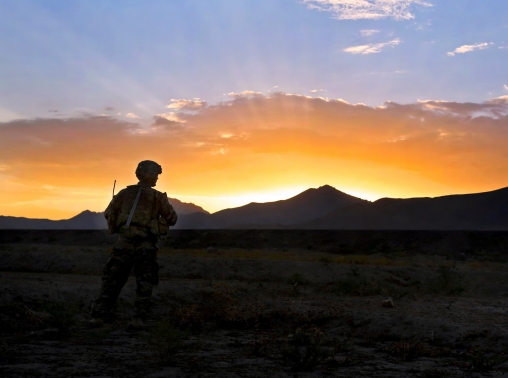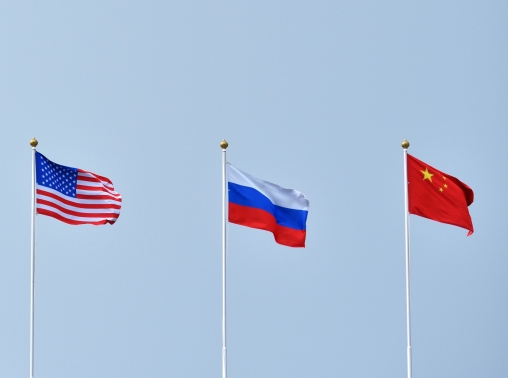|
|
RAND research and commentary on the issues that matter most
|
Mar 12, 2020
|
|
|
|
|
Photo by James Gathany/CDC/Reuters
|
|
|
|
Yesterday, the World Health Organization declared the new coronavirus, or COVID-19, a global pandemic. The virus has now spread across more than 100 countries. As infections continue to rise in many parts of the world, including the United States, many are wondering exactly how lethal this new disease is. The truth is, it's hard to know.
Estimating the fatality rate is a challenge, say RAND experts. Early in an outbreak, it's easy to overestimate, because the number of confirmed cases is likely lower than the true number of infections. But it's also easy to underestimate the fatality rate when there is a large number of unresolved cases. Understanding how and why these numbers evolve is important: It can enable more transparent reporting about the outbreak, and ultimately help avoid the erosion of public trust. Read more »
|
|
This week, we launched “Tomorrow Demands Today,” a $400 million fundraising campaign, the largest in RAND's history. The effort will help advance critical research priorities, cultivate the next generation of policy leaders through our graduate school, and improve our agility to act when fast-breaking situations arise. “To uphold our commitment to the public good, we must continue to invest in finding the facts and using research and analysis to address society's most pressing challenges,” said RAND president and CEO Michael Rich.
Read more »
|
|

|
|
Photo by monkeybusinessimages/Getty Images
|
|
Medicare for All proposals have been discussed as one way to cut health care costs in the United States. A new RAND report finds that a less-sweeping approach—placing limits on what hospitals can collect for out-of-network care—could deliver similar savings. According to the authors, a strict cap on out-of-network charges could save an estimated $108 billion to $124 billion annually. But any cap would need to be set carefully to avoid major disruptions to hospital operations.
Read more »
|
|

|
|
Photo by Pekic/Getty Images
|
|
Over the past 15 years, the suicide rate among members of the U.S. armed forces has doubled, with the greatest increase among Army soldiers. The suicide rate among the general population is also rising. Although the increase among the broader population is smaller, it's observed across both genders, in virtually every age group, and in nearly every state. A new RAND report asks: To what extent is the suicide trend in the Army unique to that service—relative to what is observed in the general U.S. population?
Read more »
|
|

|
|
Russian President Vladimir Putin listens to a question during an investment forum in Moscow, November 20, 2019. Photo by Alexander Zemlianichenko/Reuters
|
|
Russian economic growth may continue to fall in 2020. According to RAND's William Courtney, there are several reasons for this, including barriers to business activity, tensions between Moscow and the West, and the Kremlin's decision to impose substantial budget austerity. And now, concerns about the coronavirus are contributing to economic stagnation, too. Deep reforms may be required to achieve and sustain higher rates of economic growth—and to improve Russia's standard of living.
Read more »
|
|

|
|
Photo by Pridannikov/Getty Images
|
|
A new RAND report examines what an ideological competition with the United States might look like in the future. The authors focus on two key competitors: China and Russia. Notably, they find that China's ideology could shift the global balance of power without using military force or even economic leverage. There could be challenges from nonstate actors, too. For example, different kinds of populist movements could pose threats to the current world order.
Read more »
|
|
|
How can technology help refugees stay connected? What would happen if a cyberattacker tried to take down the U.S. power grid? Where do Americans get their news?
|
|
|
|
|